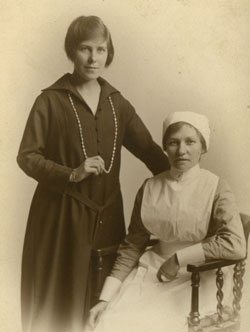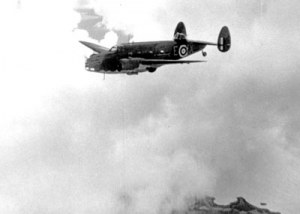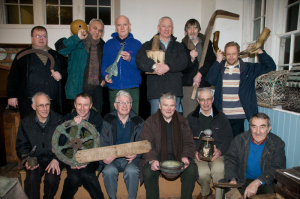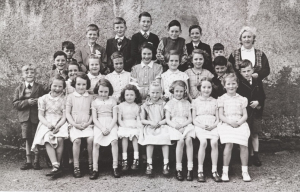Kershader man shot
Attacked on Street
Murdo Macleod, a native of Kershader Lochs, who for some time was employed in the Labour Exchange at Stornoway, and is presently a supervisor in the Castleford Labour Exchange, was last week shot in the thigh at Leeds, and had to be removed to the General Hospital there. In connection with the affair, Frederick Darbyshire, miner, was arrested, and was afterwards charged with shooting Murdo Macleod, with intent to kill.
Superintendent Fairburn related that at the sub-office of the Exchange at Whitwood there was some altercation between Macleod and Darbyshire. The police were called in, and Darbyshire left the premises. Later Macleod and other members of the staff were standing outside the building waiting for a bus to Castleford, when Darbyshire came up, produced a German automatic pistol, and shot Macleod.
Darbyshire is an ex-serviceman and an unemployed miner. Short of stature, but sturdily built, he stood to attention before the magistrates at the Castleford Court while he was being charged with shooting with intent to kill Macleod.
Macleod, who was operated on for a fractured thigh, is progressing favourably, but will not be fit to resume duty for at least a couple of months.
Extract from Stornoway Gazette 2nd December 1927.



